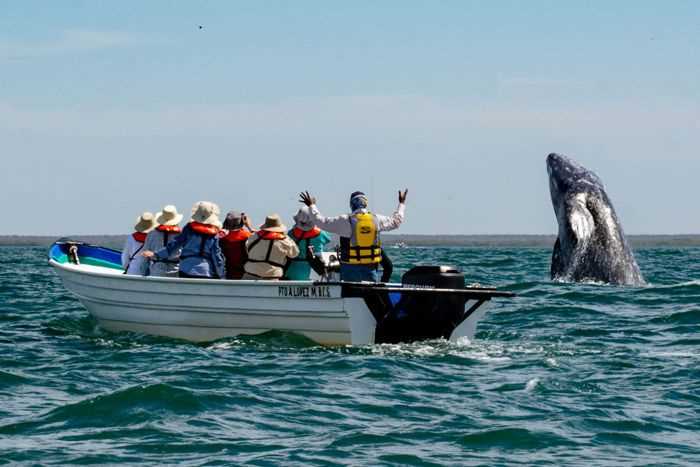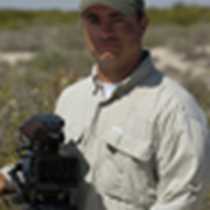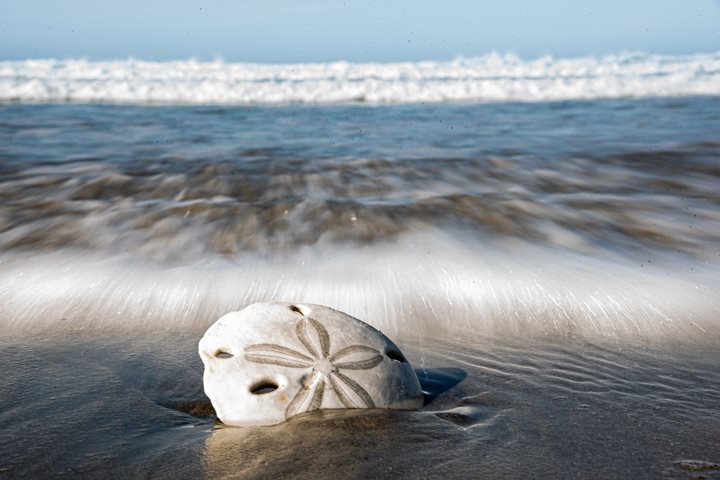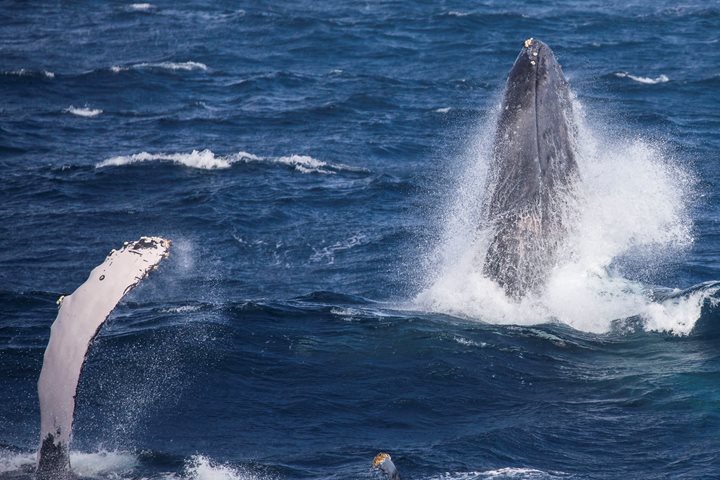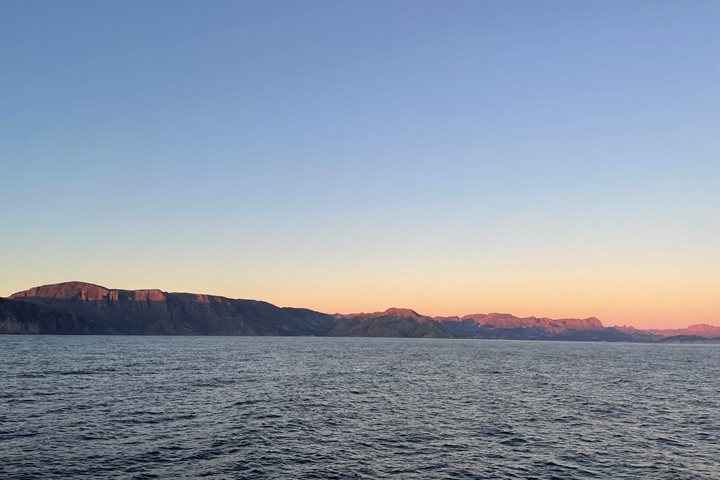We are capping off our week with the great whales with gray whales galore on board National Geographic Venture. Starting our explorations off at the northernmost end of the Magdalena Bay lagoon system, guests left from Puerto Adolfo Lopez Mateos in pangas operated by local whale watchers.
Magdalena Bay was the area that brought the first whalers into Mexico in 1845, searching for whale oil to sell by the barrel back at their home port. From Magdalena Bay the whalers expanded north and west, removing populations from the breeding and birthing lagoons found along the Pacific coast of the Baja peninsula as well as mainland Mexico. The most infamous hunting ground for these whalers was the northernmost [and largest] of these areas – Laguna Ojo de Liebre, also known as Scammon’s Lagoon – roughly 250 miles north of where we were today. Because of the incredible energy and anger that the whalers experienced when female whales were separated from their calves, gray whales were historically known as “Devil Fish”.
Since Mexico became the first country to create a reserve to protect these animals, the reputation for gray whales to be aggressive with boats has changed to one of a much friendlier nature. Today, we experienced a multitude of breaches and spy hops in unusually calm waters at the entrance of the lagoon. The sight of more than 20 whales spouting, spy-hopping, and breaching all across the horizon is something truly indescribable. Since the highest percentage of gray whale calves are born in early February, some guests even had the once-in-a-lifetime opportunity to touch a curious whale on the rostrum. These are interactions we cannot control, but are incredibly thankful when the whales enjoy interacting with us as well!

